Introduction
Space tourism has gradually shifted from a futuristic dream to a near-future reality. Over the past two decades, private companies have launched wealthy explorers and everyday civilians into orbit, fueling the belief that stays beyond Earth’s atmosphere could soon become a hallmark of luxury travel. Central to this movement is the concept of “space hotels,” permanent or semi-permanent orbital stations designed to host paying guests for days or weeks at a time. While the idea might still sound like pure science fiction, mounting evidence suggests these off-world accommodations could debut much sooner than many expect.
In this approximately 3,800-word blog post—“Space Hotels Are Coming Sooner Than You Think—Here’s the Proof”—we will explore the tangible progress in rocket technology, private sector funding, and global regulatory shifts that indicate a new era of orbital tourism is near. We’ll examine the prototypes, missions, and innovations that serve as proof of concept for cosmic hospitality. Whether you’re simply curious or nurturing a real ambition to gaze at Earth from your own space-borne suite, read on to discover what’s happening right now, why you should care, and how humanity is edging closer to “vacation in orbit” becoming a reality.
Section 1: Historical Glimpses of Space Tourism

1.1 The Early Pioneers
Long before private companies like SpaceX or Blue Origin captured public attention, a select few civilians hitched rides on Russian Soyuz spacecraft in the early 2000s. These wealthy pioneers spent vast fortunes—some estimates hovering around $20 million—to visit the International Space Station (ISS). Organized by companies such as Space Adventures, these missions demonstrated two critical truths: First, the general public could adapt to microgravity with correct preparation, and second, there was real market demand for orbital travel, at least among the ultra-wealthy. Although sporadic and exclusive, these private flights confirmed commercial space tourism had genuine possibilities.
1.2 Government-Run Programs’ Influence
NASA, the European Space Agency (ESA), and Russia’s Roscosmos once commanded all human spaceflight missions. Their unwavering focus on research, satellite deployment, and human exploration paved the way for modern innovators. By developing life support systems, radiation protection, and orbital station modules, government agencies constructed the foundation that commercial space companies would later build upon. While the earliest civilian flights into orbit were overshadowed by official missions, they still set valuable precedents.
1.3 Media and Pop Culture Fueling Curiosity
During this period, pop culture references—like cameo mentions in sci-fi series or Hollywood films—began igniting public fascination. Captivating IMAX documentaries from the ISS and real-time astronaut social media posts made space more accessible. Enthralling visuals of floating hair, zero-gravity acrobatics, and breathtaking Earth vistas stoked global interest, sowing seeds for the concept of a floating “hotel” that capitalizes on the novelty of microgravity.
Section 2: Defining “Space Hotels” in 2025 and Beyond
2.1 Beyond Ordinary Space Tourism
Space tourism typically conjures up images of a short joyride—a rocket launch and a few minutes of weightlessness before returning to Earth. Space hotels, however, push the idea much further. They aim to establish permanent or semi-permanent orbital facilities for extended stays, complete with amenities resembling what one might find in a luxury resort: private quarters, recreational areas, and carefully prepared meals. The difference is the extraordinary setting—imagine sipping coffee while gazing down at the curvature of Earth, all while floating effortlessly.
2.2 Commercial Stations vs. Dedicated Hotels
It’s important to distinguish between purely tourist-focused “hotels” and more general commercial stations. Some companies plan to attach private modules to existing or evolving platforms like the ISS. Others, such as Axiom Space and Orbital Assembly Corporation, envision entire standalone stations designed for multiple purposes—research, manufacturing, and tourism. While the media often labels any private orbital habitat a “space hotel,” some proposed projects will blend commerce and leisure, hosting astronauts, scientists, and paying guests side by side.
2.3 The Allure of Luxury and Adventure
As opposed to short suborbital hops, an orbital hotel experience provides more intense immersion. Residents would witness multiple sunrises and sunsets each day, experiment with microgravity in daily tasks, and view Earth’s features from hundreds of kilometers above. This combination of exclusivity, adventure, and scientific wonder positions space hotels at the nexus of luxurious travel and pioneering exploration, making them a compelling prospect for those seeking extraordinary getaways.
Section 3: Why Space Hotels Are Closer Than You Think—Key Indicators
3.1 Reusable Rocket Technology
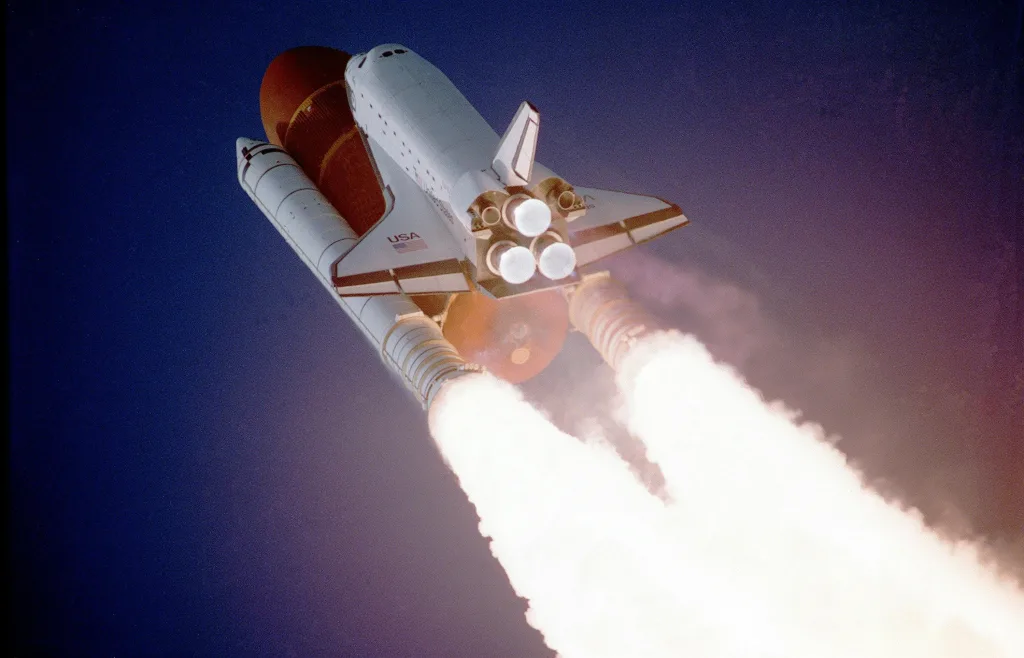
Perhaps the most persuasive proof that orbital accommodations are nearer than we imagine is the development of reusable rockets. Companies like SpaceX have repeatedly launched and landed the Falcon 9 first stage, demonstrating the ability to drastically cut the per-launch cost. Blue Origin has pioneered reusable suborbital vehicles and is pursuing the orbital-class New Glenn rocket. When rocket boosters can be recycled, the overall financial barrier to building, resupplying, and accessing an orbital station shrinks dramatically.
3.2 Growing Demand and Willing Investors
Space tourism is no longer a niche concept. The attention garnered by Inspiration4, the first all-civilian orbital mission, and suborbital flights by Blue Origin and Virgin Galactic highlight intense public intrigue. Wealthy individuals are eager for novel experiences, and corporations eye unique marketing or research opportunities in microgravity. Investors who once found space endeavors too risky are now seeing success stories. This shift in perception means real money is flowing into space tourism ventures, generating a self-fulfilling momentum.
3.3 The Role of NASA and Other Agencies
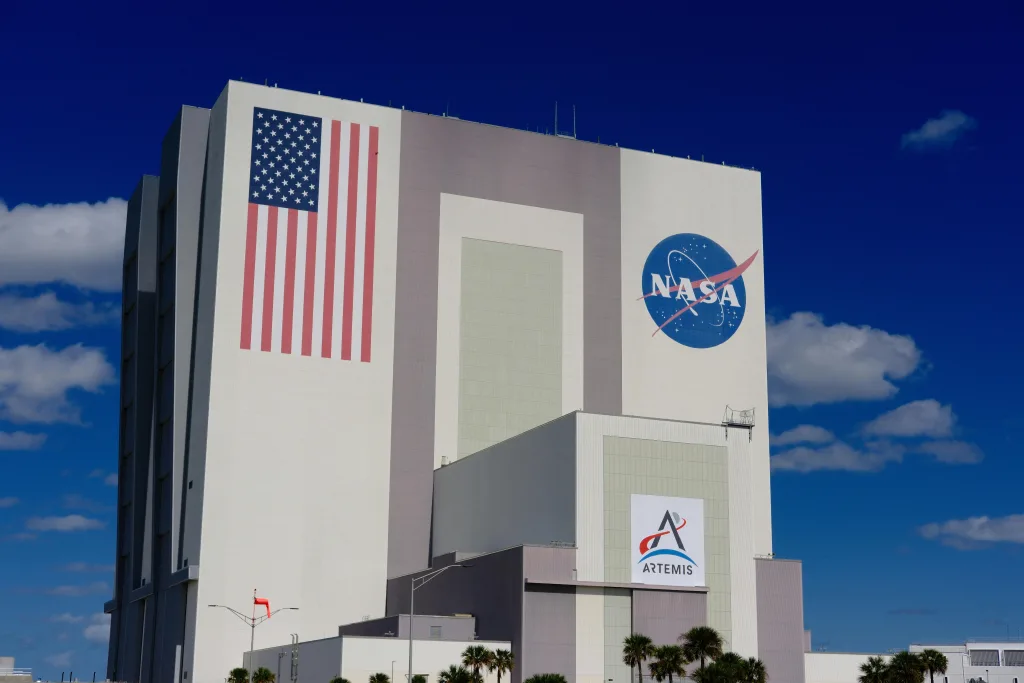
The once cautious NASA has changed its stance on commercial space partnerships, setting policies encouraging private companies to innovate in low Earth orbit (LEO). Its Commercial Crew Program funds partnerships with SpaceX and Boeing for astronaut transport. Meanwhile, NASA officials openly discuss eventually handing over LEO operations to private stations, allowing NASA to focus on deep space projects like the Artemis program. This official endorsement underscores how integral commercial stations—and by extension, space hotels—will become to the broader plan for human spaceflight.
3.4 Tangible Projects
Companies such as Axiom Space, Orion Span, and Orbital Assembly Corporation are no longer just talking about space hotels; they’re building prototypes, signing deals with established aerospace contractors, and projecting timelines for full or partial operations. Bigelow Aerospace’s BEAM module attached to the ISS further proved that expandable habitats work. The forward momentum is so significant that, even if timelines shift, the overall trajectory toward orbital accommodation remains on course.
Section 4: Notable Players in the Space Hotel Race
4.1 Axiom Space
Axiom Space stands out for its incremental strategy of attaching modules to the ISS first, then eventually transitioning them into a free-flying commercial station. Helmed by industry veterans, Axiom’s approach leverages existing infrastructure, reducing complexity and fostering cooperation with NASA. If successful, these modules could serve dual roles: hosting professional astronauts and catering to a limited number of paying tourists.
4.2 Orion Span
Orion Span gained media attention by announcing Aurora Station, a proposed luxury hotel in orbit. Though their initial timelines were ambitious, the concept ignited conversation about dedicated leisure structures in LEO. Orion Span pitched a boutique experience, with rooms for a handful of visitors and immersive microgravity activities. If realized, Aurora Station would highlight the power of specialized tourism in capturing travelers’ imaginations.
4.3 Orbital Assembly Corporation
The Voyager Station from Orbital Assembly Corporation captured headlines with its plans for a rotating ring station that generates artificial gravity. This design aims to mitigate health risks of prolonged weightlessness while enhancing guest comfort. Although such engineering is complex, the prospect of a “space cruise ship” reminiscent of classic sci-fi architecture indicates the growing creativity and ambition in the orbital hospitality scene.
4.4 SpaceX, Blue Origin, and Other Enablers
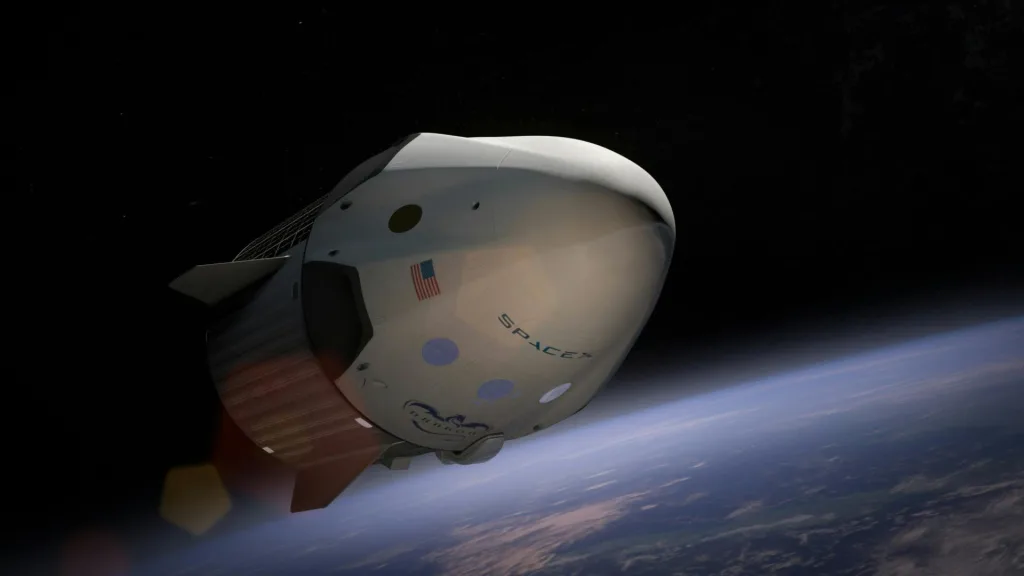
While not directly building space hotels, rocket companies like SpaceX and Blue Origin hold the critical keys to affordable access. For any hotel to survive and thrive, it needs consistent, reliable flights for passenger transfers and cargo resupplies. Boeing’s Starliner capsule also plays a part in enabling a multi-vehicle ecosystem. Each new spaceship introduced into the market potentially lowers ticket prices, broadens tourist demographics, and accelerates the feasibility of hotel ventures.
Section 5: The Technology Making Orbital Stays Comfortable
5.1 Life Support Systems
At the heart of any orbital habitat are dependable life support systems. These handle air recycling, water purification, and waste management in a closed environment. Building on ISS research, new systems aim to be more efficient and compact, essential for future stations that might accommodate a rotation of guests without NASA-level budgets. The ability to scale and refine these solutions is vital, as paying visitors will expect safety and comfort.
5.2 Radiation Protection
Earth’s magnetic field and atmosphere shield us from intense solar and cosmic radiation. In orbit, that protective layer is weaker, raising radiation exposure. Space hotel designs incorporate specialized shielding materials, compartmental layouts, and possibly dedicated storm shelters for solar events. Such measures ensure that multi-day or multi-week visitors receive radiation doses within safe limits.
5.3 Artificial Gravity Modules
Long-duration microgravity exposure causes muscle atrophy, bone loss, and fluid shifts in the human body. To address this, some proposals involve rotating sections of the station, generating a semblance of gravity. Even partial gravity, maybe around Mars-level or lunar-level, could help reduce negative health impacts. Such innovative engineering might become standard if hotels expand their stay durations beyond a few days.
5.4 Inflatable and Expandable Modules
Inflatable or expandable habitats, proven by Bigelow’s BEAM, are practical for space hotels. They launch in a compressed form, then expand to create spacious interiors in orbit. This approach reduces the mass and volume needed at launch, making large-scale structures more feasible. Coupled with advanced materials that guard against micrometeoroids and radiation, inflatable modules promise comfortable, roomy living quarters for visitors.
Section 6: The Orbital Hotel Experience—What Guests Could Expect
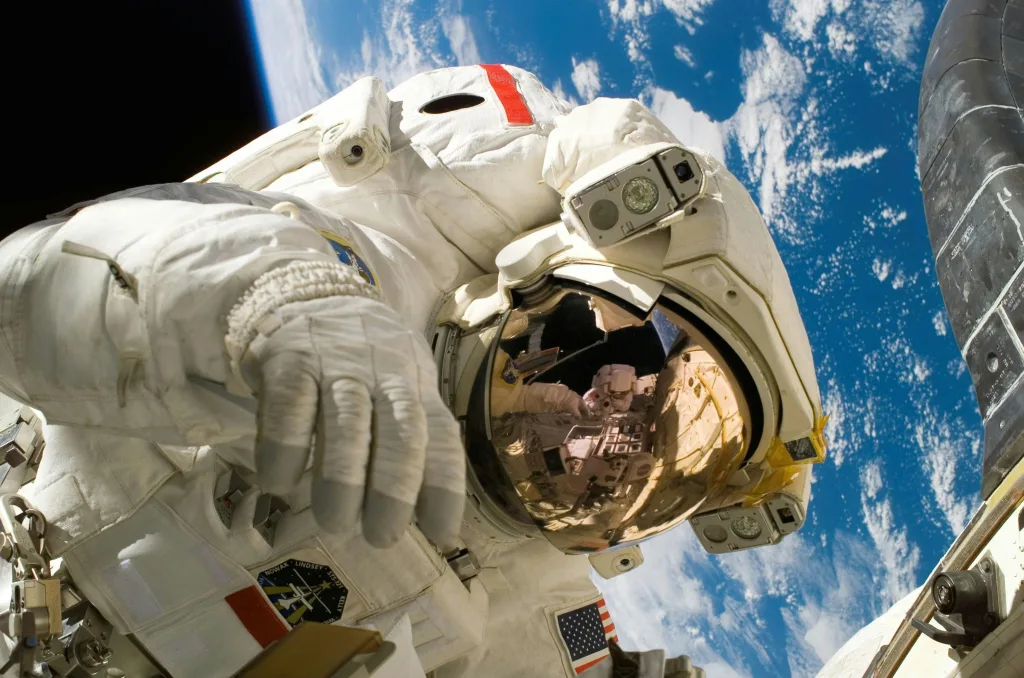
6.1 Before the Trip—Training and Preparation
Even for short stays, prospective travelers would undergo health assessments, safety briefings, and basic microgravity training. This might include parabolic flights on Earth to familiarize them with weightlessness. Pioneering space tourists have already proven that with diligent preparation, novices can handle orbital conditions adequately. Future hotel guests may enjoy streamlined, standardized curricula to ensure everyone from high-flying CEOs to adventurous retirees can safely adapt.
6.2 Arrival and Accommodation
Upon reaching orbit, visitors would dock with the station and be greeted by trained staff—astronauts, space guides, or specialized hospitality personnel. Cabins would offer personal sleeping pods, secure storage, and entertainment systems. Windows—possibly large viewing ports or panoramic domes—would become the most prized luxury feature, allowing guests to see Earth roll beneath them. Private or semi-private areas would be crucial for rest, while communal areas foster a sense of shared wonder.
6.3 Dining in Microgravity
While historically space food conjures images of freeze-dried packets, a space hotel will likely elevate the culinary experience. Chefs could craft menus designed for easy consumption in low gravity, with containers and utensils adapted to prevent spills. Imagine bite-sized haute cuisine or creative beverages that float in suspended droplets. Innovative solutions for coffee, tea, and other daily rituals may become signature offerings, bridging comfort with the novelty of floating mealtime.
6.4 Entertainment and Activities
Guests might fill their schedules with zero-g sports, VR simulations, or direct observation sessions. Station corridors could double as microgravity playgrounds, encouraging visitors to bounce, float, and perform aerial flips. Facilities might include an exercise area, essential for muscle upkeep, plus “Earth-gazing lounges” lined with reinforced windows. Some proposals hint at partial-gravity segments or rotating pods for those seeking short reprieves from weightlessness.
6.5 Duration of Stays
Initial visits may last just a few days due to cost, limited station capacity, and the health impacts of microgravity. As safety protocols are refined, longer stays of one to two weeks could emerge. Eventually, if demand and technology evolve, multi-week vacations might enter the market, though that would require robust medical oversight and significant station infrastructure.
Section 7: Timelines and Tangible Proof of Imminent Space Hotels
7.1 Mid-2020s Targets
Axiom Space plans to begin attaching modules to the ISS in the mid-2020s. If successful, these modules could host not only professional astronauts but also private visitors. Orion Span once aimed for a 2022 launch of Aurora Station, though updates have pushed that date back. Even if timelines slip, credible demonstrations of readiness—hardware tests, financing deals, regulatory progress—confirm real momentum toward commercial orbital lodging.
7.2 Late 2020s Developments
By the late 2020s, NASA may reduce direct ISS operations, shifting attention to the Moon under its Artemis program. That pivot leaves a gap for private stations—some oriented toward scientific and industrial use, others angled toward tourism. If multiple players succeed, we could witness an orbital economy with multiple platforms serving distinct niches, from luxury hotels to specialized research labs.
7.3 2030 and Beyond
Post-2030, optimism prevails that extended stays will become more routine. Reusable spacecraft like SpaceX’s Starship could ferry dozens of passengers and large cargo loads, lowering costs further. A robust commercial presence in LEO may serve as a stepping stone toward lunar tourism and beyond. Space hotels, initially an exclusive retreat for millionaires, could gradually widen their guest list as competition intensifies and prices fall.
Section 8: Real Missions and Historical Precedents
8.1 Inspiration4 and Civilian Missions
The Inspiration4 mission from SpaceX in 2021 featured four civilians orbiting Earth for three days. Their successful flight underscored the viability of short-term orbital tourism and served as a significant public relations boost for commercial space. The mission offered insights into how novices handle microgravity and the psychological impacts of seeing Earth from above. These data points ease concerns about potential medical or safety complications for future hotel guests.
8.2 Space Station Crew Exchanges
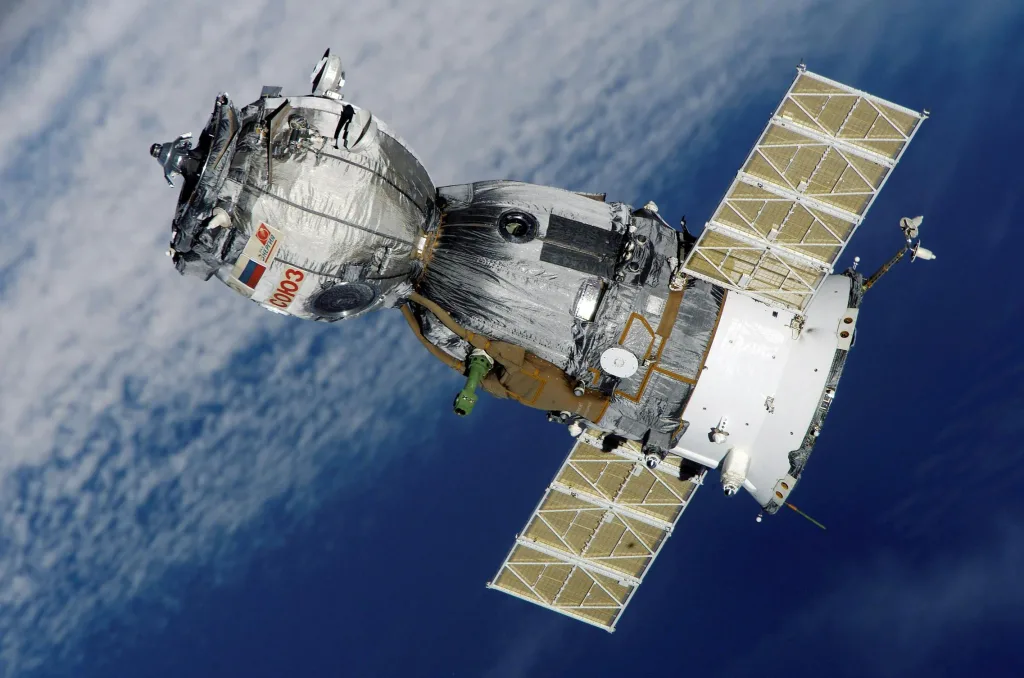
NASA, Roscosmos, and other agencies have orchestrated crew exchanges aboard the ISS for over two decades, effectively running an orbital outpost that welcomes short-term visitors (including space tourists). Although these guests typically pay extraordinary sums, their presence proves that adding “tourist seats” into mission profiles is logistically feasible. Private hotels merely expand on a well-established principle.
8.3 An Internal Link to Real Astronaut Experiences
For a glimpse into actual life aboard a space station, check out the story of Barry Wilmore and Suni Williams after their return from orbit: Barry Wilmore and Suni Williams Return. While their mission was not a commercial hotel stay, it reveals how humans adapt to orbital living. Understanding these experiences helps refine training programs, station designs, and daily routines for future tourists.
Section 9: Potential Barriers and Controversies
9.1 Safety and Liability
Space travel inherently carries risks. Launch anomalies, life support failures, or space debris collisions pose threats to any orbital habitat. Regulators like the FAA and agencies like NASA maintain high safety standards, which hotel operators must respect. Securing robust insurance policies and establishing emergency evacuation protocols—perhaps using docked spacecraft—are non-negotiable steps to reassure prospective travelers.
9.2 Ethical and Equity Considerations
Critics argue that space tourism mainly benefits the wealthy, exacerbating global inequality. They question whether pursuing a vacation beyond Earth is justifiable while many on Earth struggle with basic needs. Others point to the potential knowledge gains, trickle-down technology, and the philanthropic possibilities that often accompany large-scale endeavors. The debate remains open, and space hotel operators must navigate these ethical waters carefully.
9.3 Environmental Impacts
Rocket launches emit CO2 and other pollutants, prompting concerns about the industry’s effect on Earth’s climate. Although the number of annual launches is minuscule compared to commercial aviation flights, rising volumes could heighten scrutiny. Some companies are researching greener fuel alternatives and carbon offsets. Nonetheless, critics warn that repeated orbital tourism might become an environmental flashpoint if not managed responsibly.
9.4 Regulatory Patchwork
International space law is governed by treaties like the Outer Space Treaty of 1967, but the language is broad, geared primarily toward nation-states rather than private companies. As commercial stations proliferate, legal frameworks will require updates to address property rights, liability for accidents, salvage rules, and more. Coordinating these laws among multiple nations could become complicated, especially if many operators from different countries attempt to run orbital hotels.
Section 10: The Bigger Picture—Why Space Hotels Matter
10.1 Gateway to the Moon and Mars

Developing sustainable orbital tourism and hospitality sets the stage for more ambitious endeavors—like building outposts on the Moon and eventually Mars. The same technologies enabling comfortable orbital stays can be adapted for lunar hotels or Martian settlements. Learning to handle the logistics of transporting visitors, maintaining life support, and offering safety in space are crucial stepping stones to a true multi-planetary future.
10.2 Advances in Research and Technology
Commercial space stations often combine tourism with scientific work. Revenue from paying guests can subsidize microgravity research into new materials, pharmaceuticals, or manufacturing processes. The presence of private tourists also demands user-friendly design improvements—leading to next-generation systems that are more intuitive and robust. These innovations can translate into better spacecraft for future missions, more efficient environmental controls, and advanced robotics.
10.3 Cultural Shift and Inspiration
The “Overview Effect,” a phenomenon experienced by astronauts viewing Earth from orbit, frequently fosters a sense of unity and environmental awareness. As more people encounter Earth from above, collective perspectives may shift, encouraging global cooperation and empathy. Space hotels could act as catalysts, broadening access to an experience that once belonged only to a tiny elite of professional astronauts.
10.4 Accelerating the Space Economy
Orbital commerce is expanding. Companies can develop new products, hold press events, or even film advertisements in microgravity. Space hotels are essentially an additional layer on this blossoming sector, driving demand for more efficient launches, specialized training programs, and innovative habitats. The synergy between tourism, manufacturing, and research could spark unprecedented economic growth, not just in space but also in supporting industries on Earth.
Section 11: Looking Ahead—Possible Scenarios for the 2030s
11.1 Multiple Platforms in Low Earth Orbit
By the 2030s, we could witness multiple commercial outposts offering varied experiences. Some might emphasize luxury and hospitality, while others could focus on industrial applications with minimal tourist capacity. Competition between these stations might lower prices and create customized packages—from short “space cruises” to extended research residencies.
11.2 Hybrid Models: Tourism Meets Corporate Retreats
Organizations may start sending teams to “orbital retreats,” combining workshops and zero-gravity bonding exercises with scenic Earth views. This diversification of business models ensures that space hotels aren’t solely reliant on ultra-rich tourists. Corporate bookings, brand sponsorships, and scientific collaborations can all supplement the balance sheet.
11.3 Integration with Lunar Gateways
NASA and its partners plan to establish the Lunar Gateway, an orbiting platform around the Moon to assist in lunar landings. Future space hotel projects might interface with this Gateway, offering tourists a chance to journey further than LEO. Imagine an itinerary that includes a brief Earth orbit stay, then a transit to Lunar orbit. While still decades away from mainstream viability, the seeds of such integration are being planted now.
Section 12: Practical Advice for Aspiring Space Tourists
12.1 Physical and Psychological Readiness
Microgravity, radiation, and the psychological stress of being confined in a small habitat all require preparation. Prospective visitors should maintain robust fitness regimens and consult medical professionals with space medicine expertise. Adequate mental preparation, possibly including motion-sickness training, can be the difference between an awe-inspiring sojourn and an uncomfortable ordeal.
12.2 Financial Planning
Orbital vacations remain prohibitively expensive for most. However, as competition grows, costs may gradually decrease. Some individuals or companies explore corporate sponsorship deals or philanthropic missions. If you envision traveling into orbit within a decade or two, starting a dedicated savings or investment plan could be a realistic approach—especially as new financing models, such as crowdfunding or NFT-based tickets, emerge.
12.3 Education and Engagement
While waiting for your orbital chance, you can deepen your knowledge through online courses on spaceflight, reading about astronaut experiences, or visiting Earth-based simulators. The more you understand about orbital mechanics and station operations, the more you’ll appreciate and excel in the zero-g environment. Engaging with space communities on social media or at conferences also helps keep your finger on the pulse of emerging opportunities.
Section 13: Final Thoughts—Yes, Space Hotels Are Coming
The dream of hotels in space has captured the human imagination for generations. Yet it’s only in the last few years that the confluence of reusable rockets, private investment, and shifting agency priorities has formed a realistic path toward building and maintaining orbital habitats for paying guests. True, challenges remain—sky-high costs, regulatory intricacies, and concerns over equity and environmental impact. Nonetheless, the progress is undeniable.
When you see successful orbital missions carrying civilian crews, multi-million-dollar deals to attach private modules to the ISS, or advanced concepts for rotating space stations generating artificial gravity, you’re witnessing the dawn of orbital tourism. Each test flight, each hardware demonstration, each new partnership is another brick in the cosmic hotel industry’s foundation. Skeptics may argue that high-priced tickets or slow-moving bureaucracy will delay these projects indefinitely, but history shows that once a technology garners sufficient momentum and market interest, it has a knack for exceeding expectations.
Section 14: “Space Hotels Are Coming Sooner Than You Think—Here’s the Proof” Recap
- Reusable Rockets: SpaceX and Blue Origin have revolutionized launch costs.
- Private Station Modules: Axiom Space and others aim to build or attach commercial habitats.
- Tangible Milestones: Tourist flights, such as Inspiration4, highlight everyday people’s capacity for orbit.
- Technological Advances: Inflatable modules, artificial gravity concepts, and robust life support systems.
- Market and Funding: A surge of capital from private investors, plus rising consumer intrigue.
- Regulatory Support: NASA shifting LEO responsibilities to the private sector, signifying official endorsement.
- Societal Impact: Potential for a new wave of “Overview Effect” experiences and economic growth.
Human ambition continues to drive us upward—literally. From dreamers scouring star-laden skies to corporations spending billions on rocket technology, the space hotel revolution is a testament to our innate desire to explore, innovate, and indulge curiosity. Though space tourism’s early days will likely cater to the affluent, every successful mission refines processes, cuts costs, and moves us closer to a future where more individuals can visit orbit at a fraction of the current expense. If you’ve ever gazed at the stars and wondered what it would be like to live among them, you might not have to wonder for much longer.



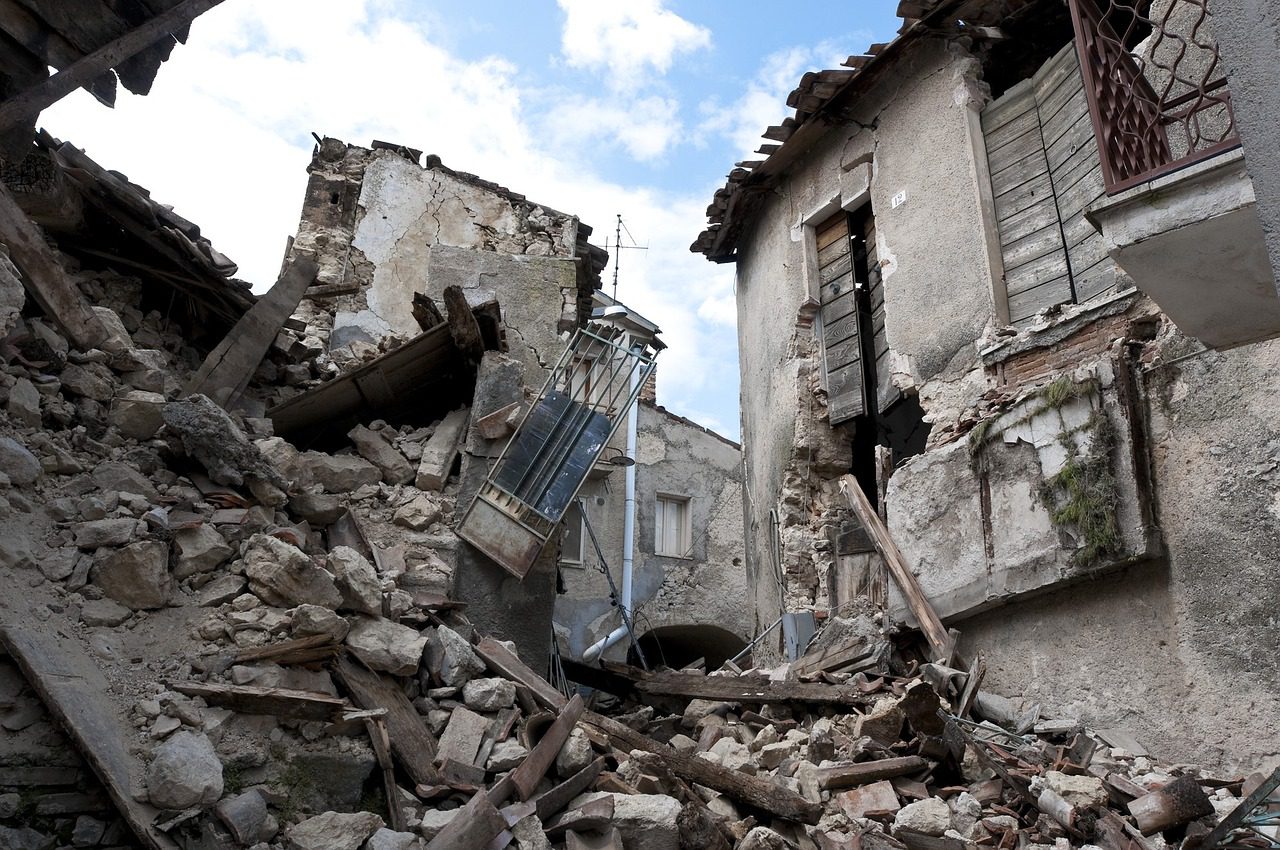

Your point of view caught my eye and was very interesting. Thanks. I have a question for you.
Thank You. Please Ask if you have any Questions.